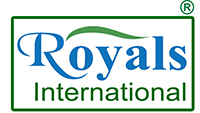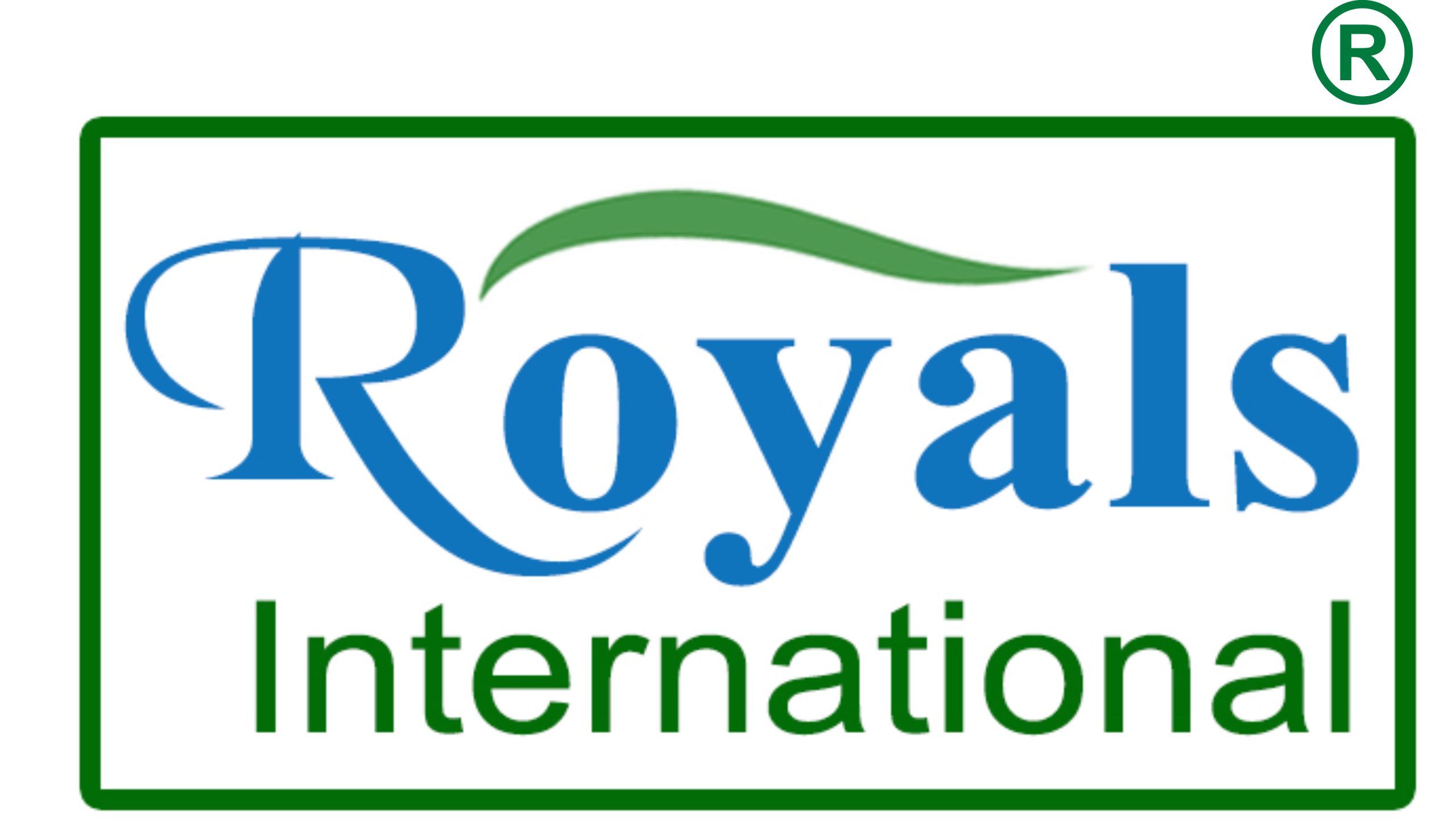Implementing successful micro-influencer campaigns requires precise targeting and personalized engagement. This deep dive explores the how exactly to identify, approach, and collaborate with micro-influencers in your local community, ensuring authentic content and measurable results. Building on the broader context of “How to Implement Micro-Influencer Campaigns for Local Brand Growth”, this guide provides step-by-step, expert-level techniques to elevate your strategy.
Table of Contents
- Selecting the Right Micro-Influencers for Local Campaigns
- Crafting a Precise Outreach and Collaboration Strategy
- Designing Content that Resonates and Promotes Authenticity
- Implementing a Step-by-Step Campaign Launch Process
- Monitoring, Measuring, and Optimizing Campaign Performance
- Managing Influencer Relationships for Long-Term Growth
- Troubleshooting Common Challenges
- Reinforcing Campaign Success & Connecting to Broader Goals
1. Selecting the Right Micro-Influencers for Local Campaigns
a) Identifying Niche-Specific Micro-Influencers with Authentic Local Followings
The foundation of a successful local micro-influencer campaign lies in pinpointing influencers whose followers are genuinely engaged within your target community. Instead of relying solely on follower counts, prioritize audience relevance and authenticity. Use local hashtags, geotags, and community-specific keywords to discover influencers who regularly post about neighborhood events, local businesses, or community initiatives.
Implement a search strategy using platforms like Instagram, TikTok, or local Facebook groups. For instance, search for hashtags such as #YourCityFoodie or #YourTownLiving. Analyze their content to verify if their audience actively interacts with local themes, ensuring their followers are genuine and locally concentrated.
b) Using Data Analytics Tools to Assess Influencer Engagement & Audience Demographics
Leverage tools like HypeAuditor, Heepsy, or Influencity to evaluate engagement metrics beyond follower counts. These platforms provide data on average engagement rate, audience location, interests, and bot/fake follower percentages.
| Metric | Why It Matters |
|---|---|
| Engagement Rate | Indicates active follower interaction; aim for >3% |
| Audience Location | Ensures followers are local; verify percentage from your target area |
| Follower Authenticity | Reduces risk of fake followers; below 10% fake is acceptable |
c) Avoiding Common Pitfalls: Fake Followers & Misaligned Values
Always vet influencers manually—scrutinize their content for signs of inauthentic followers, such as generic comments or sudden follower spikes. Cross-reference their followers with your local community’s demographic profiles.
Expert Tip: Use social blade or IG Audit to identify suspicious follower patterns. Prioritize influencers whose content and engagement reflect genuine passion for your locale and niche.
2. Crafting a Precise Outreach and Collaboration Strategy
a) Developing Personalized Outreach Templates
Generic messages are easily ignored. Instead, craft personalized outreach emails or DMs that reference specific content of the influencer. For example:
Hi [Influencer Name],
I loved your recent post about [local event or landmark]. Your authentic voice resonates with our community, and we'd love to collaborate on promoting [your brand]. Are you available to discuss a potential partnership?
Looking forward to hearing from you!
Best,
[Your Name & Position]
Pro Tip: Use tools like Mixmax or Gmass for personalized email sequences that track open and response rates for continuous refinement.
b) Establishing Clear Campaign Goals & Content Guidelines
Define specific KPIs: brand awareness, local engagement, sales conversions, or event attendance. Communicate these KPIs clearly in your brief. Provide detailed content guidelines such as:
- Tone of voice aligned with brand personality
- Mandatory inclusion of local landmarks or hashtags
- Content formats preferred: stories, reels, blog posts
- Disclosure requirements (e.g., #ad, #sponsored)
c) Negotiating Compensation: Barter, Monetary, or Hybrid Arrangements
Tailor your approach based on influencer size and content expectations. Examples include:
- Barter: Free product, exclusive experiences, or event invitations
- Monetary: Fixed fee per post/reel, performance-based bonuses
- Hybrid: Partial barter with performance incentives
Sample Contract Snippet: “Influencer agrees to create 2 posts and 3 stories featuring [brand], with specified hashtags and local landmarks, in exchange for $XXX and product samples.”
3. Designing Content that Resonates Locally & Promotes Authenticity
a) Creating Detailed Content Briefs
Provide influencers with comprehensive briefs that include:
- Key messaging points tailored to local culture
- Suggested local landmarks or community themes for inclusion
- Visual style preferences—color palettes, shot angles, branding elements
- Sample caption templates that emphasize authenticity and storytelling
b) Encouraging User-Generated Content & Storytelling
Motivate influencers to share personal stories or local experiences related to your brand. For example:
“Share a memorable moment at your favorite local café while highlighting our product.”
This approach fosters genuine connection and enhances trust among their followers.
c) Leveraging Local Landmarks & Community Themes
Incorporate local icons into visuals and narratives. For instance, feature a popular park, street art, or annual festival to anchor content in the community context. This enhances relevance and boosts local engagement.
4. Implementing a Step-by-Step Campaign Launch Process
a) Scheduling Content Release & Timing
Coordinate content posting to align with local events, holidays, or peak activity periods. Use tools like Later or Buffer to plan posts ahead of key dates, such as city festivals or market days.
b) Multi-Channel Coordination
Ensure influencers publish across several channels: feed posts, stories, reels, and community groups (e.g., neighborhood forums). Create a content calendar that synchronizes these efforts for maximum impact.
c) Content Approval & Feedback Loop
Establish a clear review process. Use shared folders (Google Drive, Dropbox) for drafts, and provide concise, actionable feedback within 24-48 hours. This minimizes delays and maintains content quality.
5. Monitoring, Measuring, and Optimizing Campaign Performance
a) Setting Up Tracking Links & Hashtags
Use URL shortening and UTM parameters via Bitly or Google Campaign URLs to track clicks. Assign unique hashtags (e.g., #YourCityBrand) for social listening and engagement metrics.
b) Real-Time Monitoring Dashboards
Utilize tools like Sprout Social or Hootsuite to aggregate engagement data, reach, and conversions. Set alerts for drops in engagement or spikes indicating viral content.
c) Post-Campaign Analysis & Lessons
Compile performance reports highlighting:
- Content types with highest engagement
- Influencers delivering the best ROI
- Audience segments most responsive
Insight: Use these analytics to refine your influencer selection process and tailor future content for even better local resonance.
6. Managing Influencer Relationships for Long-Term Growth
a) Building Ongoing Partnerships
Maintain regular communication via personalized check-ins, providing early access to new products or exclusive invites. Recognize their efforts publicly—tag them in social posts or feature them in newsletters.
b) Recognition & Incentives
Offer incentives like gift cards, event tickets, or feature opportunities based on performance. These motivate influencers to prioritize your brand in their content calendar.
c) Avoiding Relationship Pitfalls
Set clear expectations from the start. Avoid overreach or micro-managing. Address miscommunications promptly and professionally to preserve trust.
7. Troubleshooting Common Challenges
a) Low Engagement or Content Quality
If engagement drops, reassess the influencer’s relevance


Leave a Reply